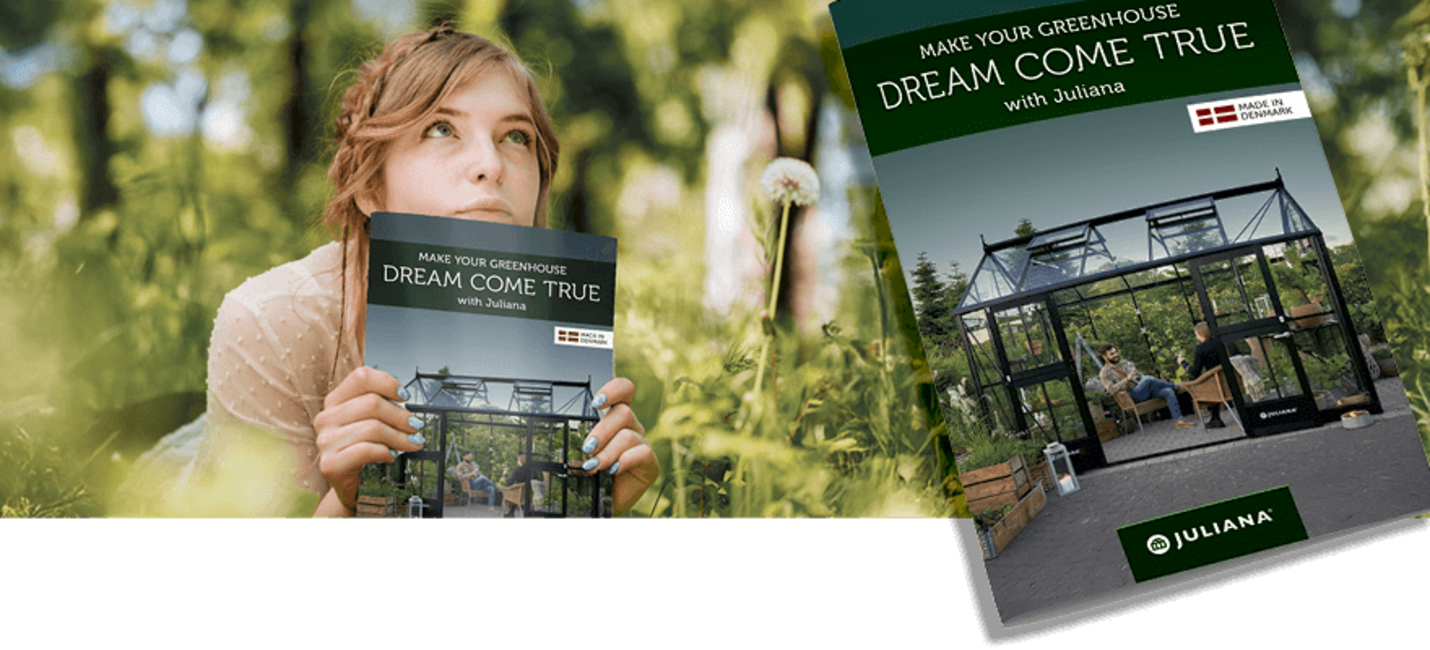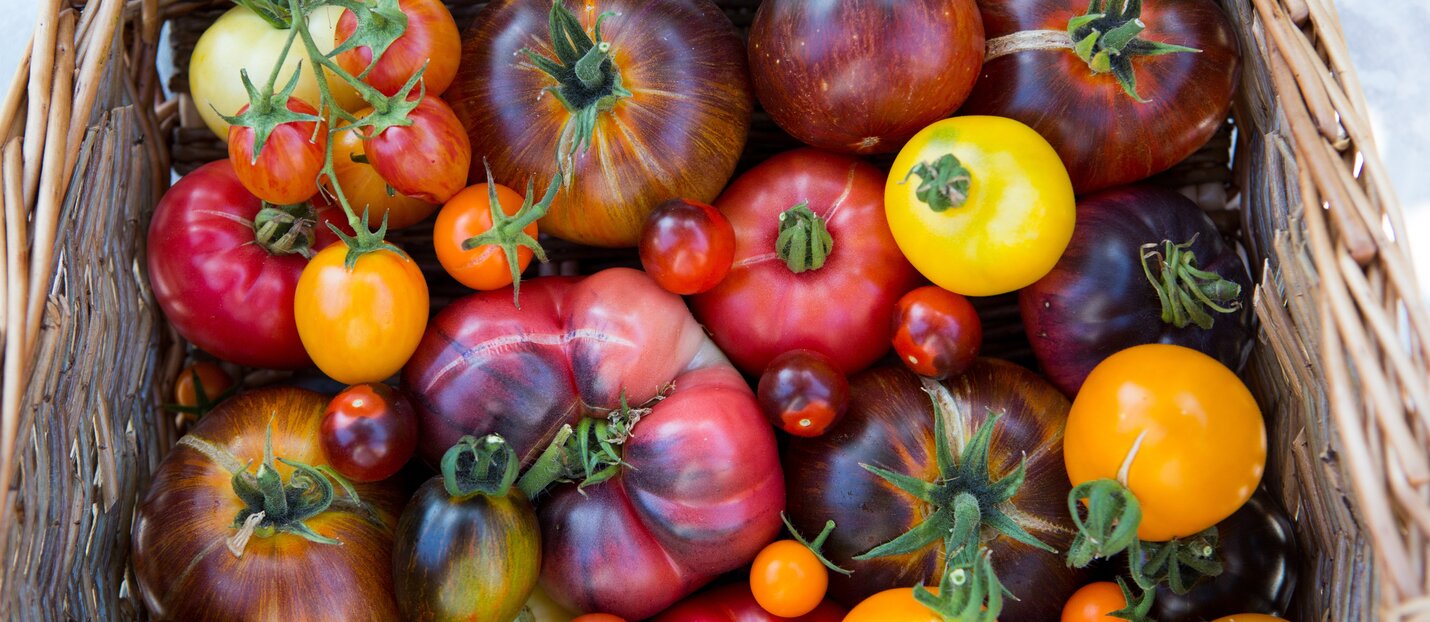Written by Spirekassen 17 May 2023 11:14
Tomato growth habits
Most greenhouse owners cultivate tomatoes. There are a lot of varieties, and it is actually believed that there are 15.000 varieties worldwide. A common trait is that they are all very different. The difference is clearly shown on the fruit as well as the growth habits of the tomato.
A large portion of the tomato varieties that are used in industrial tomato production is grown in open fields, without the use of greenhouses. The tomato plants are often not quite as tall and do not require plant support.
In Northern Europe, however, we primarily cultivate varieties, which become quite tall and need plant support. The same varieties thrive best in the protective climate of the greenhouse.
In fact, tomato growth habits can be divided into several categories, which all have slightly different needs. It is a good idea to learn about the differences and individual needs, to be able to cultivate each variety successfully.
Determinate sorts
Determinate sorts are also called bush tomatoes. The plant becomes between 20-80 cm in height and width. When the plant has developed three clusters, it does not grow any taller. Similarly, the growth of side shoots stops after three clusters. Determinant means "certain" or "final," and the word refers to the fact that the plant produces a final number of clusters. These varieties mature often early, and there is no need to remove side shoots. Determinant varieties are good to grow in mini greenhouses or in Juliana Urban greenhouses in pots.
Semi-determinate varieties
Another bush tomato or multi-stemmed tomato. The plant does not grow any taller when five clusters have developed. These varieties should be pruned a little. The highest yield is achieved when the plant is allowed to grow into a bush. These varieties are typically 1m tall and quite wide. Determinant varieties are good to grow in low greenhouses and in mini greenhouses such as Juliana Urban.
Indeterminate varieties
These are varieties that produce an infinite number of flower clusters on the main stem and many side shoots. These varieties typically require the removal of side shoots throughout the season. The plant can easily grow to several meters tall, especially if the growing season is long. Most greenhouse tomatoes in Northern Europe are indeterminate varieties. When growing indeterminate varieties, it is best to have a greenhouse with a generous height.
Semi-indeterminate
If you come across tomato plants with two main stems, they are often old varieties also called heirloom varieties. Varieties such as the beefsteak tomatoes "Oxheart", "Brandywine", and "Marmarande" have two main stems. Tomato plants with two main stems need to have their side shoots removed. This type takes up a lot of space in the greenhouse but also yields a high crop. They can be challenging to tie up because it is difficult to control two main stems. However, the advantage is that they do not grow very tall. Semi-indeterminate varieties are suitable for low greenhouses.
Plant support
Indeterminate and semi-indeterminate tomato varieties require plant support. Just a few weeks after your tomato plants have been transplanted into the greenhouse, they will need support. The greenhouse heat causes the growth to explode. There are many ways to support the tomato plants, such as using tomato clips, a cane or the Juliana Plant Spiral. The spiral can be extended to the desired length (max. 2m) and comes with a useful hanging clip that simply twists into most greenhouse profiles providing a secure hanging point. The plant spiral can be used year after year and can also be used for other plants, such as cucumbers and beans.
Another simple way to support your tomato plants is with twine. I often use a sturdy woven hemp twine. It is important that the twine is strong, as tomato plants become heavy during the summer and a single hemp twine can rip under the weight.
A simple technique
When staking the tomato plants, it is important to remember that the stem becomes thicker as the plant grows. Therefore, the twine should be tied loosely. All staking, where you twist the plant around a string, should be done clockwise. This is because we are on the Northern Hemisphere, and the plant naturally twists in this direction. It is the opposite in the Southern Hemisphere. If you stake the plants counter clockwise, it will start to twist out of the twine support and fall over.
DIY plant support
- Make a loose loop around the base of the plant (where the root and stem meet).
- The loop should be loose as the stem grows in diameter during the summer.
- Next, wrap the twine around the plant loosely, clockwise.
- Attach the end of the twine to the greenhouse's profile in the roof.






